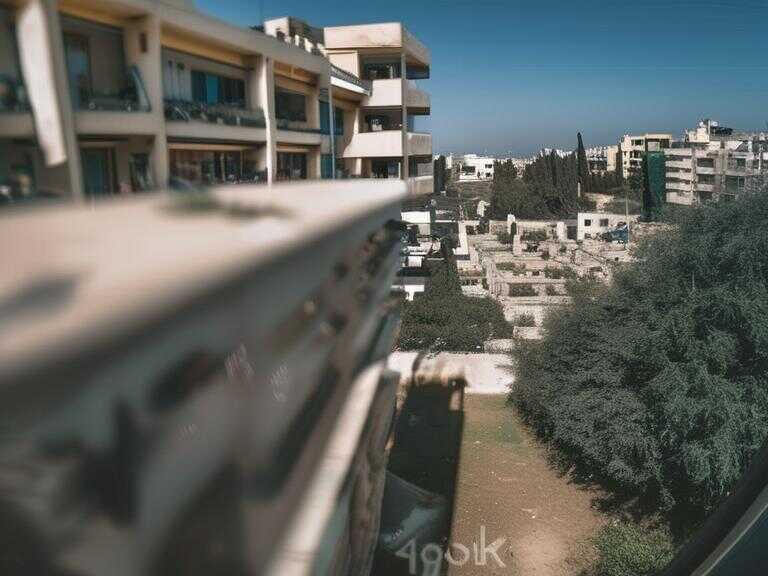
Massive Ancient Roman Funeral Monument Found in Italian Riverbed

In a rocky riverbed in the northern part of Italy, a significant archaeological discovery has recently been made. The discovery, made by Ervino Silvestri, sheds light on the region's ancient Roman history.
The Find
Ervino Silvestri came across an ancient artifact, buried in the gravel of the Torre river in San Vito al Torre and promptly alerted the authorities. The Superintendency of Archaeology, Fine Arts and Landscape of Friuli Venezia Giulia confirmed the finding in a news release on Feb. 22. The subsequent excavation of the riverbank revealed a massive block of carved limestone, identified as an ancient Roman funeral monument.
Characteristics of the Monument
The monument, estimated to weigh about 13,000 pounds, is an impressive sight. Although one corner was chipped, the rest of the monument remains intact. It features a carved figure of Erotes holding a torch and poppy flower, symbols of eternal sleep or death, and an inscription whose translation was not provided. The monument's decoration style indicates that it is from the high imperial era of ancient Rome. Based on this style, it likely dates back to the period between 27 B.C. and 476 A.D., with its peak around 117 A.D.
Further Discoveries
The excavation of the riverbed also led to the discovery of other ancient artifacts, including a stone urn, a limestone carving of a man's face, as well as bricks and tile pieces.
This discovery offers valuable insights into the ancient Roman presence in the region, providing a glimpse into its funerary practices and artistic styles.
Location and Future Studies
San Vito al Torre, where the discovery was made, is situated approximately 300 miles northwest of Rome, near the Italy-Slovenia border. The artifact has been moved to a temporary shelter for cleaning and further study, allowing archaeologists to delve into its historical and cultural significance.
The unearthing of this ancient Roman funeral monument adds to the growing body of knowledge surrounding the ancient Roman civilization. It not only enriches our understanding of the past but also highlights the importance of preserving and exploring historical artifacts for future generations.
Share news















